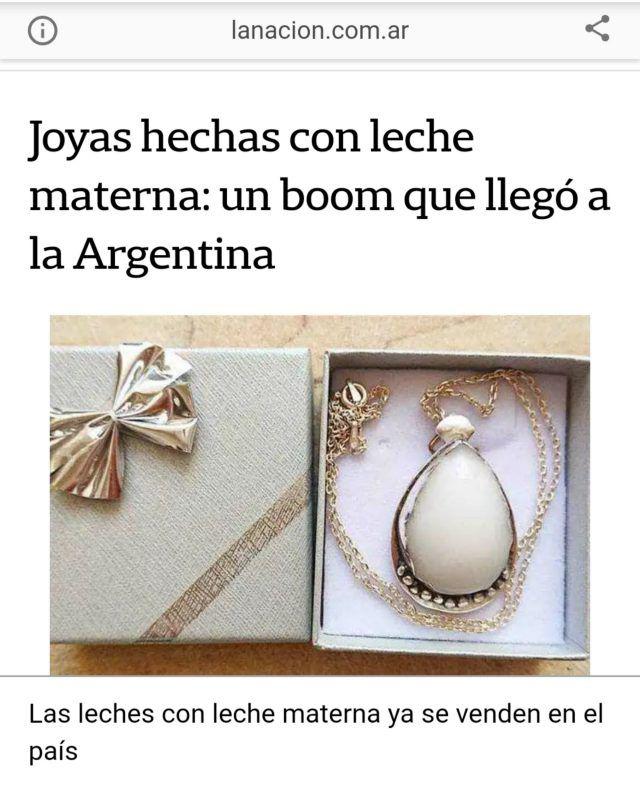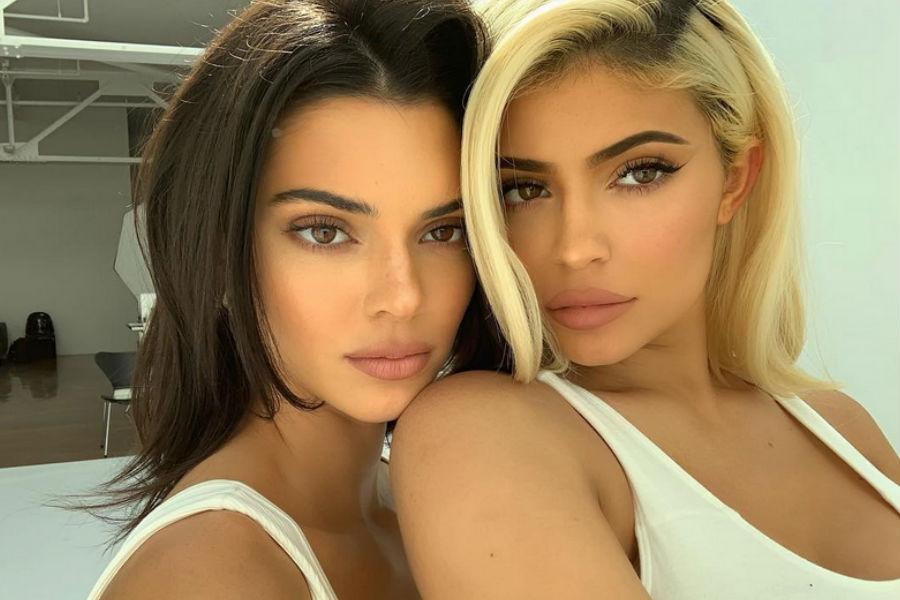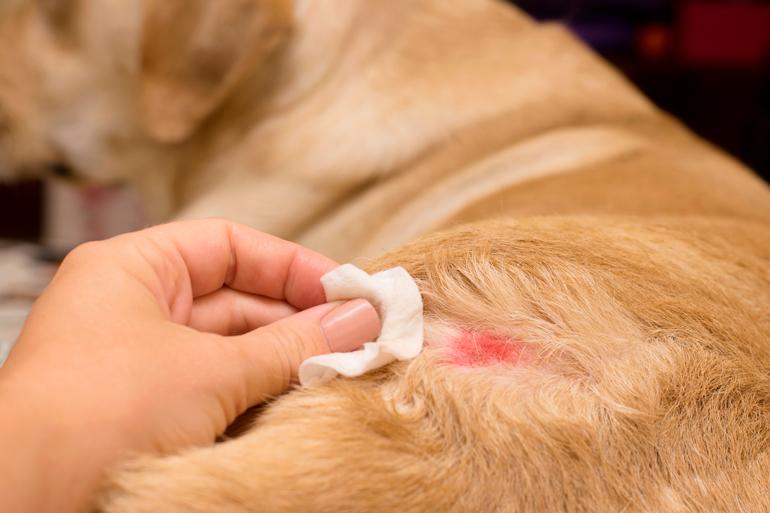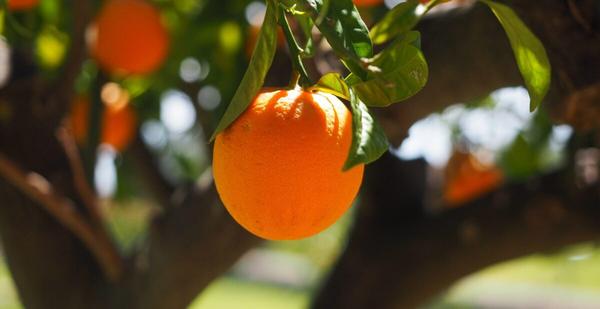Jewelry made with breast milk: a boom that reached Argentina
Millennial-driven trends of late are here to stay. And curious and emotionally charged objects are his favourites. It is in this context that in 2002 in the United States maternal jewels made with genetic material were born -breast milk, baby hair, umbilical cord, placenta, ashes and the classic baby teeth-, which quickly gained notoriety, spreading to Europe and They arrived in our country just over a year ago.
This fashion came to revolutionize the memories that mothers and fathers usually treasure during pregnancy and children's early childhood. This is how the classic memories - the dry umbilical cord, a lock of your first haircut and the first milk tooth - were transformed into modern, personalized accessories with a strong emotional charge.
This type of jewelry managed to impose itself in the world and on social networks, where they quickly became a success and began to gain notoriety from some influencers. In fact, one of her biggest promoters was the vlogger Estefanía Unzu from the YouTube channel Verdeliss, where she defends respectful breastfeeding and shows her day-to-day life as a mother of six children.
Currently, in Argentina there are two producers of this type of jewelry, one in Recoleta and another in Córdoba. Although they are not a mass consumption product -it is estimated that each producer makes between three and five jewels per month-, more and more men and women decide to acquire one of these pieces, which are made in various forms: rings, earrings, pendants, pendulums, key rings, pendants, bracelets, among others.
how they are made
"Each mother who contacts me with an order has a different story, but for all of them it is something super symbolic and special, because each jewel is unique since there are no two alike. They have a very strong emotional value and that is part of the magic" , assures the founder of Joyas para el Alma, Milena Smith.
The star of the DNA jewels are those made from breast milk since -according to Smith- "it is a way of making that wonderful, strong and intense experience of breastfeeding last a little longer, and wearing it in an object, they are tangible memories" .
For her part, the Cordoban creator of Vida Lunar breast milk jewelry, Morena De Lisi, assures that the procedure by which these pieces are shaped "is a very careful process, always made with a lot of love, dedication and respect." . In that sense, he explained that "from a sample of milk, hair, or whatever they wish to treasure, it is properly prepared for its conservation, and then the process of drying, polishing and finishing the gem lasts between three and seven days, Depending on the chosen model, the result is a solid product, almost like a stone, and beautiful. They can be the natural color of the sample or with added colors, glitter, among other options."

How to File a Complaint Against Your Employer (USA) https://t.co/yCwc7gTtqH
— Mr. Lady Photography Sat Jan 27 18:04:56 +0000 2018
To produce a jewel of breast milk, around 50 millimeters of this fluid is needed (regardless of whether it is fresh or frozen), which is sterilized and encapsulated in resin, so that its appearance is similar to that of a pearl. Its color will be unique and will vary depending on how each mother's milk is.
"The delay in making the milk jewelery depends on the volume of orders, but to have a margin, I ask for a minimum one month wait once the sample is received," Smith stressed and clarified that "for the rest of the milk jewellery, DNA takes about a week to 15 days."
As they are delicate pieces, they should be washed with soap and water and not the usual products for cleaning materials, as they are very abrasive. Contact with the heat of stoves and hair dryers should also be avoided, and preferably not sprayed with perfumes or chemicals.
The price
They are relatively cheap pieces, whose cost can range between 650 and 1500 pesos. The value depends on whether they wear the support (the bracelet, chain, etc.) in gold, silver or surgical steel.
If there is a characteristic that equals the producers of our country and those who manufacture them across the globe, it is that those who began to make them did so after having gone through their own experience in motherhood.
Regarding his beginnings in the production of these jewels, Smith recalled that it was just over a year ago. "I was very attracted to the idea of a milk jewel, I saw photos from other countries and I was delighted, but here I think there was only one person who did it."
"Then it was put into practice, a lot of research: I used my milk, my baby's cord and hair to practice," he says. "In the networks there is a lot of information that is not accurate, so it was trial and error, I consulted with laboratories and I was modifying and perfecting the method," she says.
Meanwhile, De Lisi affirms that it was an idea that he had in mind for a long time, but that she had not dared to concentrate on it a little over a year ago. "Knowing that my second daughter's weaning time was near, I wanted to have my own milk jewel, so I started putting into practice everything I had researched up to that point," she says. "First I did it for myself, then I created the page and started making them for the public," she recalls.
"All that magic that nature gives us, of feeding and nurturing our young, is something that we will never forget, but many of us also like to remember it with a special, unique jewel, and take it with us, or give it to our children. De Lisi assures.









1771